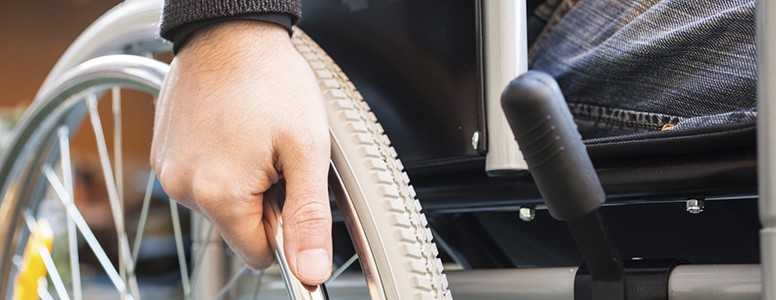There has been a significant reduction in diabetes-related amputations since the mid-1990s, which has been credited to improvements in diabetes care, a Danish study finds.
Amputation is one of the most serious complications of diabetes. It can be caused when the nerves and blood vessels are damaged through poor blood glucose control, which affects the blood supply to the lower limbs.
The study, published in Diabetologia, was conducted by researchers at the Odense University Hospital, Denmark. They analysed the rates of amputation in the Funen region of Denmark – which consists of 0.5 million residents – between 1996 and 2011.
Data of amputations and diabetes status was identified by linkage with the Danish National Diabetes Register, while mortality and population data was extracted from Statistics Denmark and the Civil Registration System.
A total of 2,832 amputations were performed during this period: 1,285 were among patients with diabetes. The analysis showed a major reduction in diabetes-related amputations, though.
There was a 10 per cent reduction in annual rates of below-ankle amputation (BAA) rates, 15 per cent annual reduction of below-knee amputation (BKA), and 15 per cent annual reduction for above-knee amputations (AKA).
Diabetes patients had an 11-times increased rate of BAA compared to people with diabetes, seven-times increased rate of BKA and four-times increased rate of AKA.
The researchers attributed these findings to improved diabetes care, such as improved drugs and treatment of feet, which is imperative in reducing amputation rates.
“Our study suggests that the reduction in amputation rates among diabetes patients most likely is due to improvement in the care of individuals with diabetes,” said the researchers.
“The reduction of amputations among diabetics is encouraging. The results presented here indicate that multidisciplinary diabetic clinics optimised for screening and treating complications linked to diabetes are beneficial.
“It is encouraging that the overall amputation rate is declining in most parts of the world. However, amputation rates in patients with diabetes remain high compared to individuals without DM (diabetes mellitus), posing a great challenge to improve care.”






